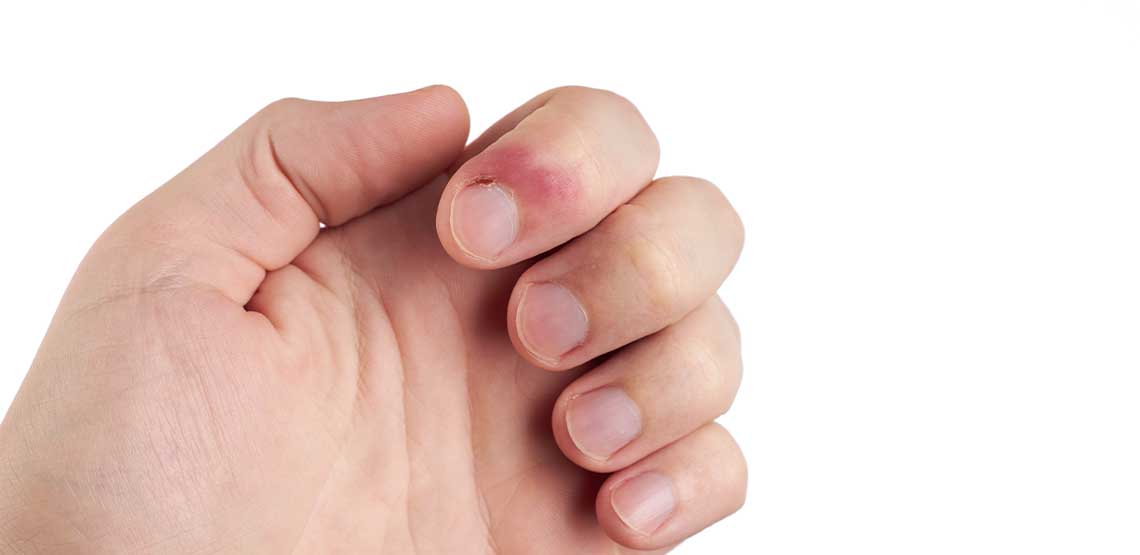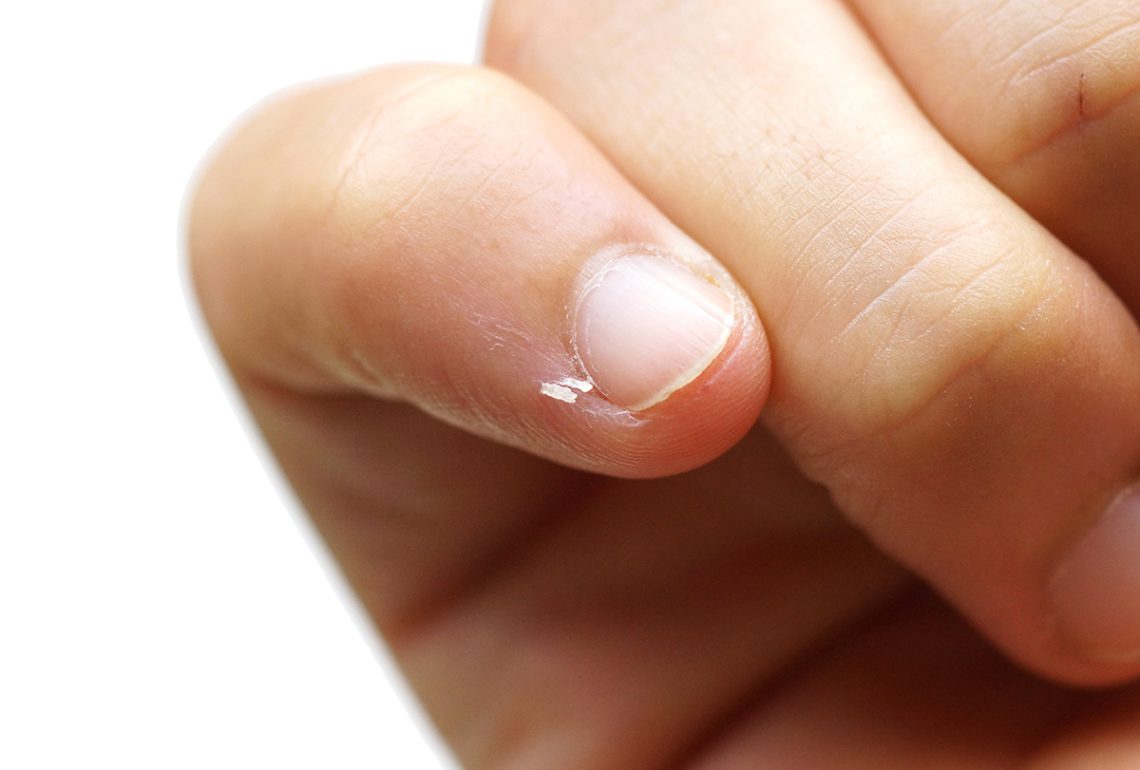Fantastic Info About How To Treat A Hangnail
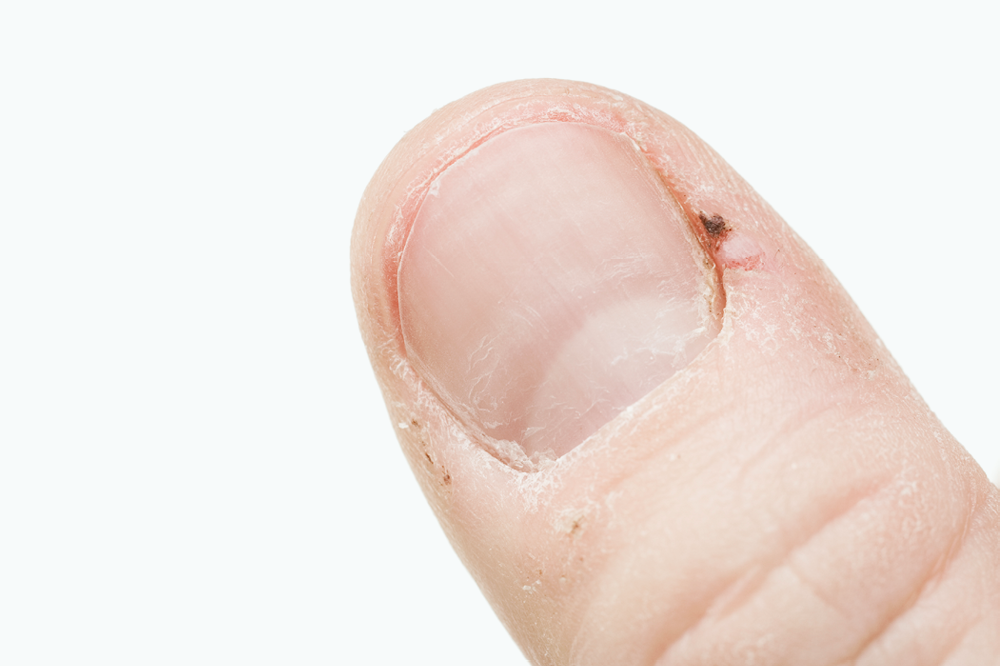
Be sure to “sterilize” the clipper or scissors with an alcohol swab prior to clipping the skin.
How to treat a hangnail. Wash your hands to avoid spreading germs to the area. Try using plant oils hangnails are more common during winters due to the dry weather, which also makes your hands dry. Treat a hangnail with a warm water soak;
Symptoms include redness, pain, warmth, and redness. Before your finger is swollen and filled with pus. You can also apply mineral oil or petroleum jelly very gently to the area in.
Paronychia is an infection of the skin surrounding the nail, called nail folds. Of course, avoiding a hangnail in the first place is the ideal. However, you can usually treat hangnails effectively at home.
This can lead to increased pain, swelling, and soreness. Wash your hands with an antibacterial hand soap. In order to effectively and safely remove a hangnail, follow these steps:
Soak the finger in warm water to soften the skin, says baart. Start with a clean slate. How to safely get rid of hangnails.
1 soak your fingers. Vyas suggests massaging petroleum jelly or another kind of.
Apply a layer of antibiotic ointment or cream after you've removed the hangnail. How to prevent hangnails. Left untreated, paronychia can an abscess, nail deformity, and nail loss.
This will keep it from tearing further until you get home or somewhere where you can take care of it properly. This hanging skin is usually dead and can be discarded. Use a sterilized pair of nail scissors or cuticle clippers to gently clip the hanging skin at its base, but no deeper.
Here's how to treat hangnails holistically, if (heaven forbid!) one messes up your manicure. To treat an infected hangnail, follow the steps above in treating a normal hangnail followed by the application of a topical antibiotic cream and a bandage to keep the area covered. While hangnails alone are not harmful or serious, without proper treatment, they can become infected.
After drying your hands, dr. Bacteria cause acute infections, while chronic infections are most frequently associated with fungus. Here's what to do, according to dr.
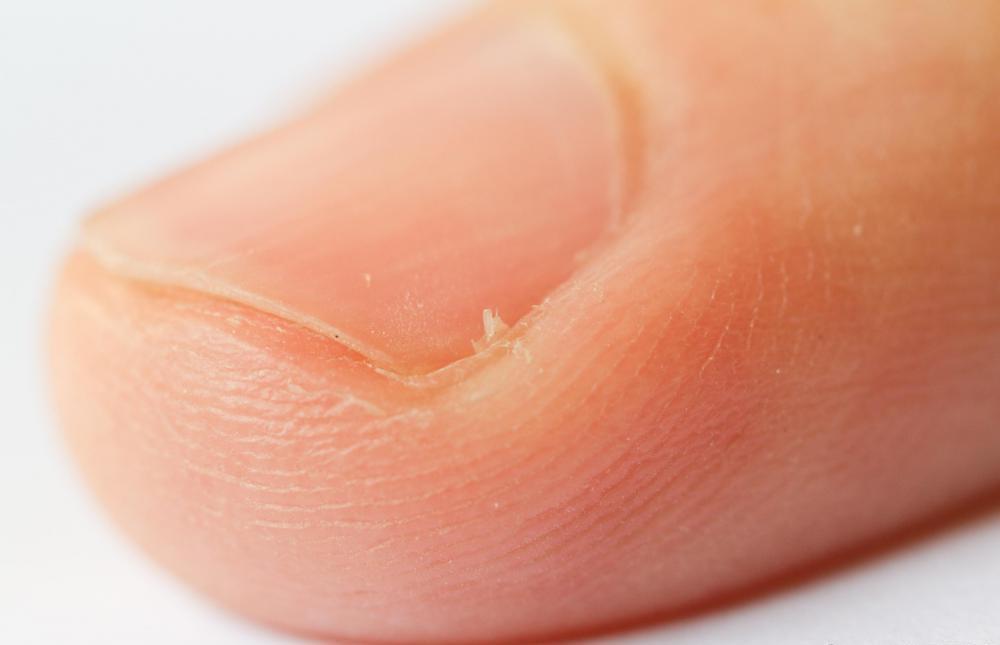






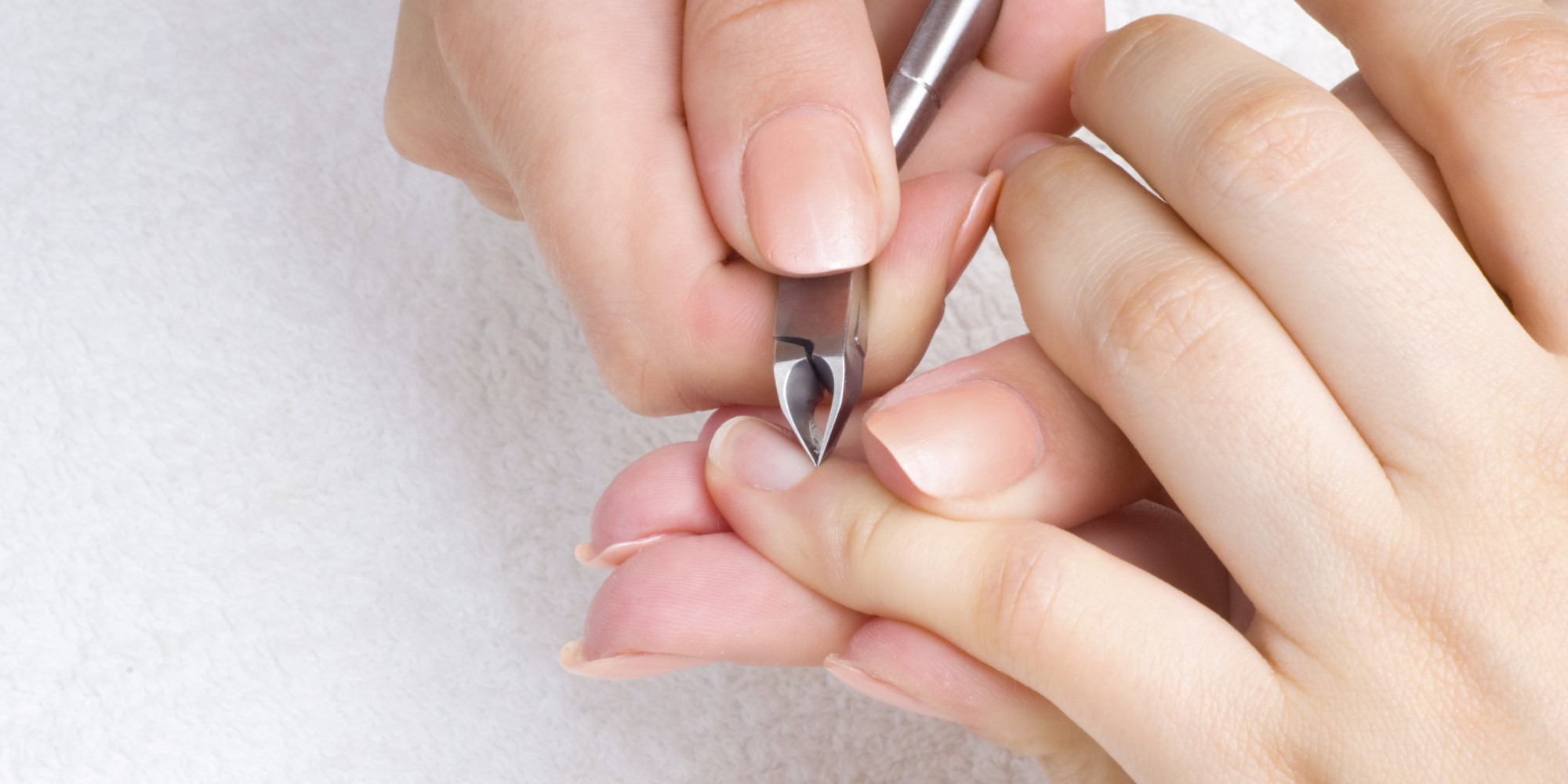


:max_bytes(150000):strip_icc()/GettyImages-13295261601-d89e5e74ee7d4353b40f0bab148c25ac.jpg)

